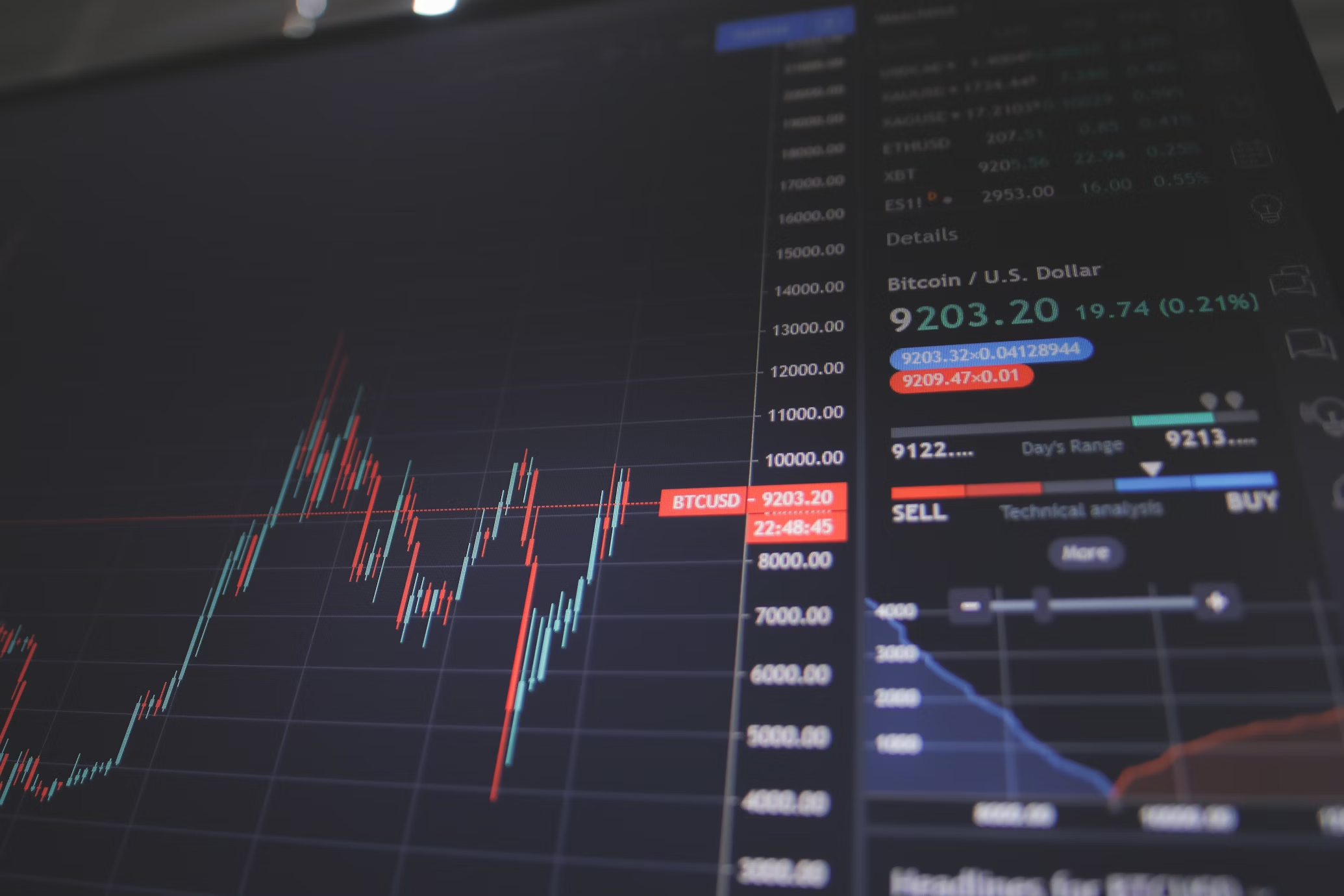The U.S. stock market has been on a remarkable journey, climbing to new heights in May and maintaining a strong trajectory since its October low. But amidst this growth, a sense of caution lingers among investors, raising questions about the sustainability of this upward trend.
Some financial experts argue that the bull market is still in its early stages. The absence of widespread “fear of missing out” (FOMO) suggests that many investors remain hesitant to fully embrace equities, opting for the security of high-yield cash-like securities instead.
While this may seem counterintuitive amidst a booming market, it’s not uncommon for investors to be more concerned about potential losses than missed opportunities in the early phases of a bull market. This cautious behavior can be seen as a sign of a healthy market, where investors are not driven solely by irrational exuberance.
Earnings Growth: A Bright Spot in a Slowing Economy
Despite signs of a slowing U.S. economy, corporate earnings have exceeded expectations, leading analysts to raise their estimates for the coming years. This unexpected strength has been a crucial factor in supporting elevated stock valuations and bolstering investor confidence.
However, the economic slowdown raises concerns about the sustainability of this earnings growth. Consumer spending, a key driver of the U.S. economy, has shown signs of weakening, particularly among low-income consumers. While inflation has moderated from its peak, it remains a persistent challenge, influencing consumer behavior and spending patterns.
In this complex economic landscape, the stock market has demonstrated surprising resilience. Despite the Federal Reserve’s shift away from aggressive rate cuts, equities have continued to climb, defying expectations and suggesting that the market may be driven by more than just monetary policy.
Inflation, Fed Rates, and the Path Forward
The interplay of inflation, Federal Reserve policy, and consumer spending will be crucial in determining the stock market’s future trajectory. While progress has been made on the inflation front, the path to the Fed’s 2% target remains uncertain, leaving investors on edge and prone to reacting to every twist and turn in economic data.
The coming months will be critical, with key economic indicators like the services sector activity and the monthly jobs report providing valuable insights into the health of the economy and the direction of inflation.
While some experts worry about the potential for a summer slowdown in the fight against inflation, others remain optimistic about the prospect of a “soft landing” for the economy. The tools available to the Fed to engineer such a scenario are imperfect, adding an element of uncertainty to the economic outlook.
Navigating a Shifting Landscape
In this ever-changing environment, investors must remain adaptable and vigilant. The bull market’s early stages are often characterized by volatility and uncertainty, as investors grapple with shifting economic conditions and evolving market dynamics.
By focusing on the fundamentals, analyzing economic data, and maintaining a long-term perspective, investors can navigate this challenging landscape and position themselves for continued growth in the years ahead. While the journey may be bumpy, the potential rewards of staying invested in a bull market can be significant.
As the saying goes, “fortune favors the bold.” But in the current market environment, a balanced approach that combines boldness with caution may be the key to success.


